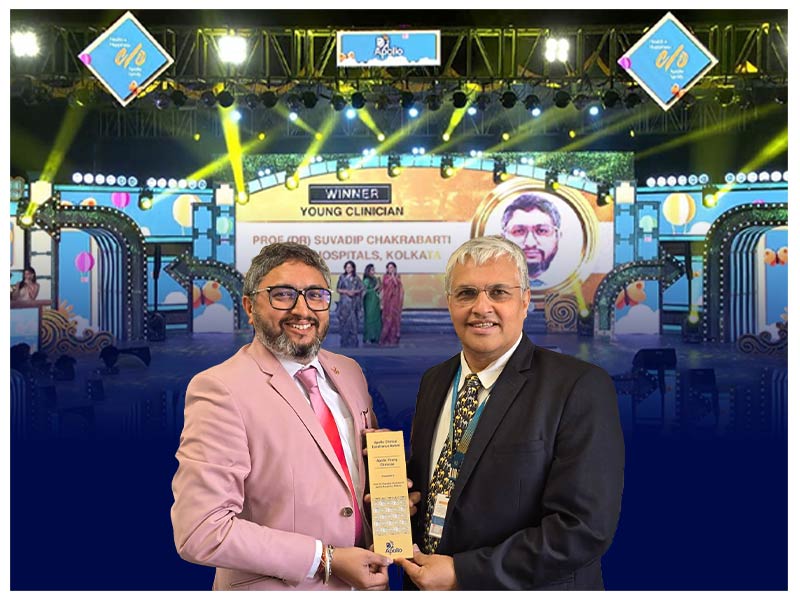Human papilloma virus infection is the main cause of cervical cancer. In Indian women, it is the leading cancer and in women worldwide, it is the second most common cancer. Prevention by vaccination is emerging as the most effective option with the availability of two vaccines, though there are several methods of prevention of cervical cancer, a cancer doctor suggests this.
A brief introduction
In humans, cervical cancer is the fifth most common cancer and in women worldwide, it is the second most common cancer. In developing countries, it is the most common cancer cause of death. For curing it, effective cancer treatment is needed. The most important risk factor for cervical intraepithelial neoplasia and invasive cervical cancer is a sexually transmitted human papilloma virus (HPV) infection. There are approximately 510000 new cases of cervical cancer annually worldwide with incidents of approximately 288000 deaths worldwide. Cervical cancer occurs early unlike many other cancers and strikes at the productive period of a woman’s life. It has been found that by 50 years of age, 80% of the sexually active women acquire genital HPV. In India, cervical cancer is ranked as the most frequent cancer of women. The number of women above 15 years of age is approximately 365.71 million and they are at risk of developing cervical cancer. There are approximately 132000 new cases diagnosed and 74000 deaths annually in India.
Preventive methods
Sexual activity and age influence HPV transmission. Among all sexually active adults, 75% are likely to be infected with at least one HPV type. At present, except by abstinence and lifetime mutual monogamy, all genital HPV infections cannot be prevented. It is not clearly evident that condoms and other barrier methods of contraception, provides a protection against HPV infection. Secondly, there are no symptoms of the infection except for genital warts.
Types of HPV vaccine
In India, two vaccines licensed globally are available and also approved by oncologists. They are Gardasil (a quadrivalent vaccine) and Cervarix (a bivalent vaccine). Recombinant DNA technology that produces non-infectious VLPs comprising of the HPV L1 protein is used to manufacture both these vaccines.
There is the mixture of L1 proteins of HPV serotypes 16, 8, 6 and 11 with aluminium-containing adjuvant in Gardasil. At a median follow-up of 1.9 years against types 16/18-related CIN-2/3 and AIS in the per-protocol analysis, clinical trials with three doses at 0,2 and 6 months in more than 16000 women aged 16-26 years from five continents, including Asia, have shown 100% efficacy. Against both cervical cancer and genital warts, this vaccine confers protection.
There is a mixture of L1 proteins of HPV serotypes 16 and 18 with AS04 as an adjuvant in Cervarix. Against type 16/18-related CIN-2/3 and AIS at the 15-month follow-up in modified intention to treat analysis, clinical trials with three doses at 0, 1 and 6 months in more than 18000 women globally has shown 90% efficacy. Against cervical cancer only, this vaccine confers protection.


